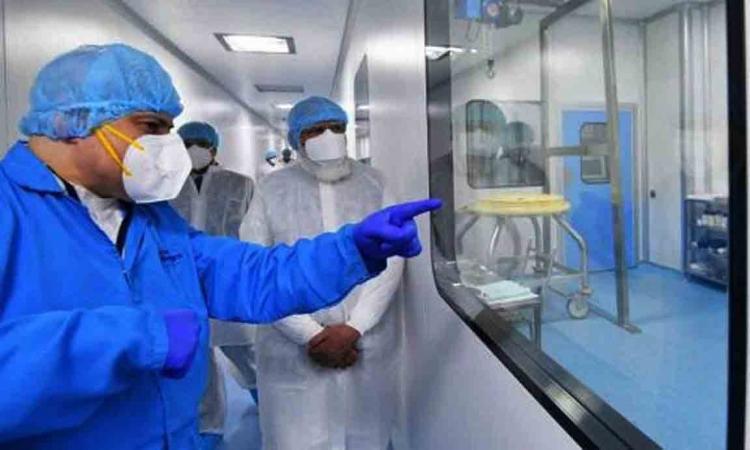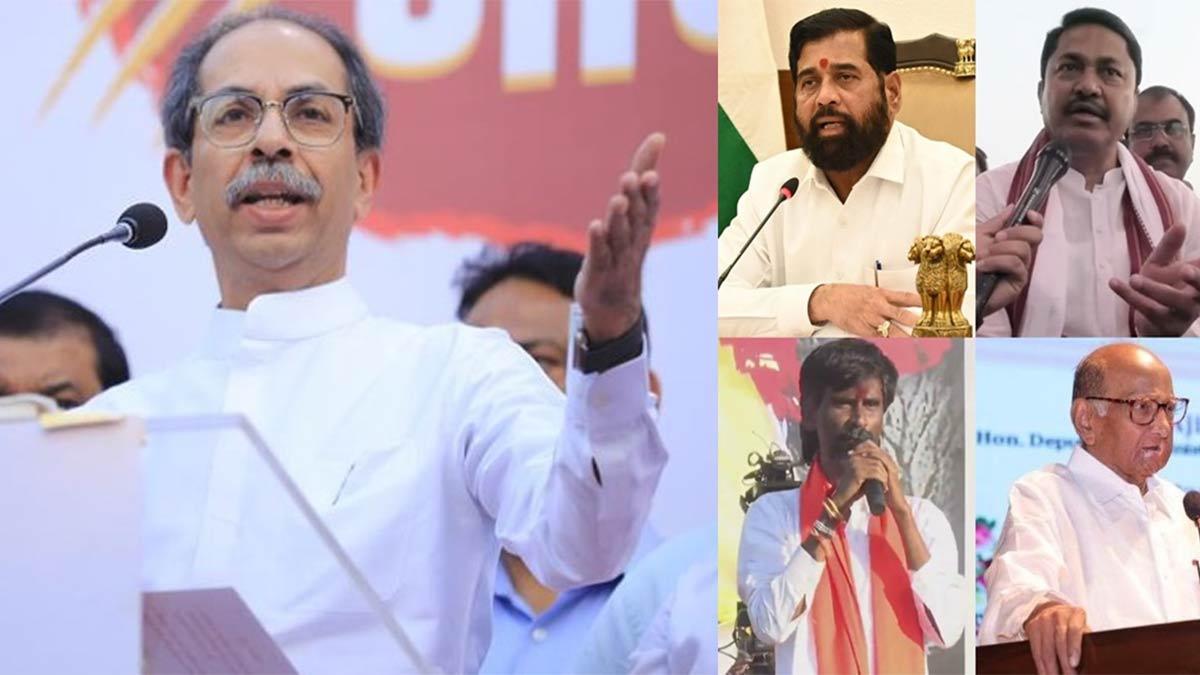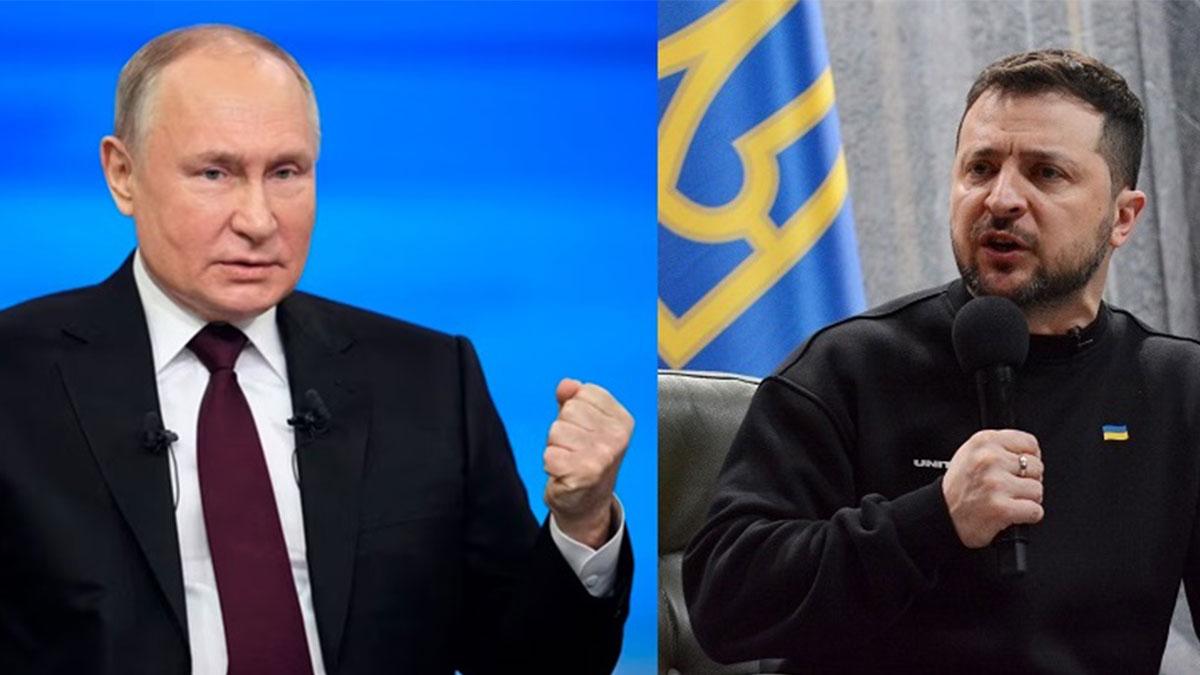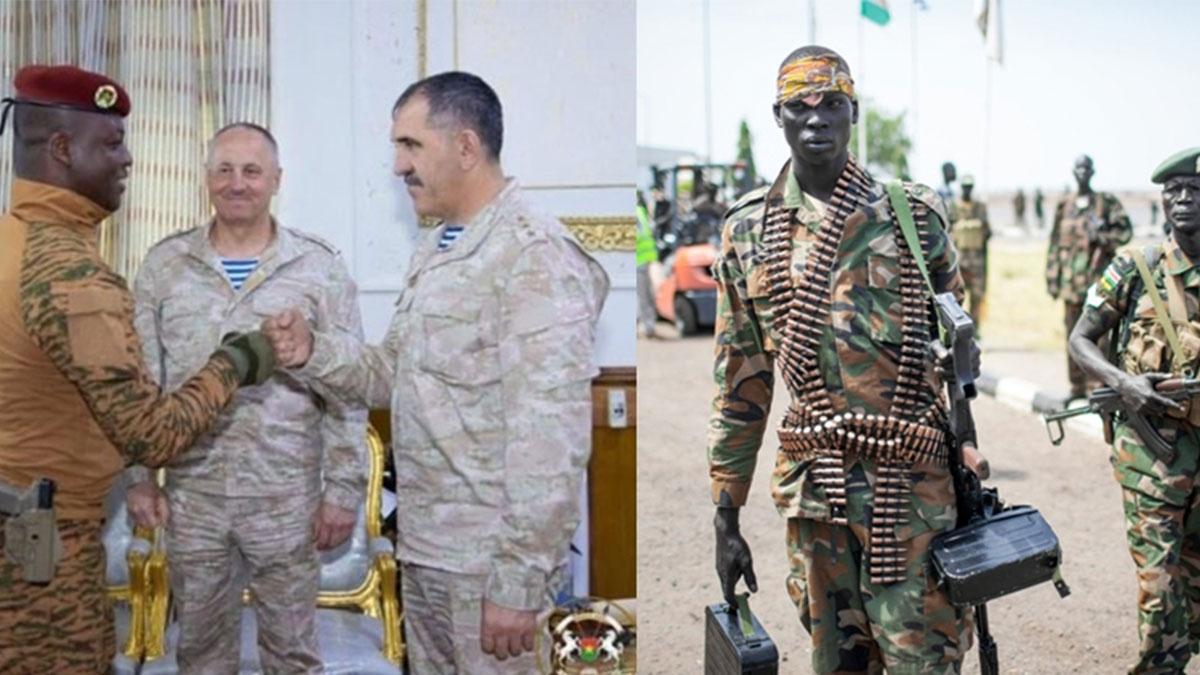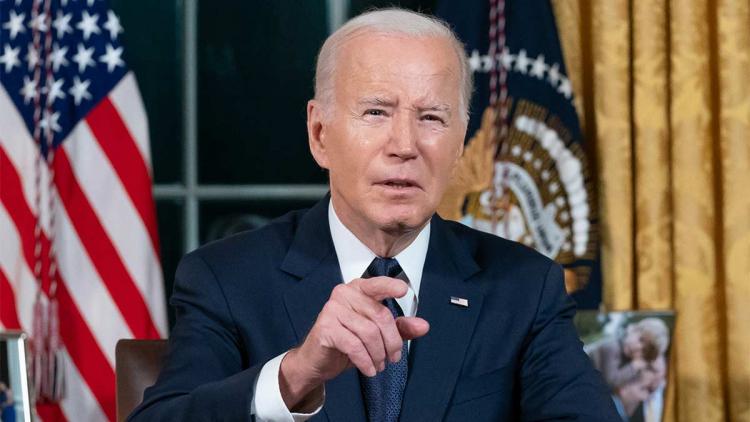With the news of Pfizer, Moderna, Astrazeneca announcing it's vaccine efficacy of over 90%, the whole world seemed hopeful that a vaccine for Covid-19 might be made available in the very near future.
However, as much as it is a good news for every country dealing with Covid-19, it doesn't solve all problems on its own immediately, rather it poses a lots of challeneges especially for the second most populated country in the world with thw third highest number of coronavirus cases, India.
Even though India can prove to be a powerhouse when it comes to vaccine manufacturing and with its first ever health programme to vaccinate adults in place, yet it faces logistical challenges pertaining to storage and distribution of Covid-19 vaccines. The mere scale of this operation can be overwhelming to handle.
Prime Minister Narendra Modi has been holding numerous discussions and conferences on with chief ministers to deliberate on state level distribution plans To put the herd immunity plan in action, India needs to vaccinate 60% of its population which would require over 1.6 billion doses. The current capacity includes around 400 million shots pledged by Serum Institute, about 300 million from Bharat Biotech and 100 million from Zydus Cadilla, none of which have however completed stage 3 trials. Therefore, the country is also in talks with Pfizer and Moderna, which are about to launch their respective vaccines but a major percentage of these have already been secured by rich nations.
Another concern arises with the the limited availability of vaccine shots and hence, the question of eligibility. There needs to be an organised list of the strata of the population that will be prioritised first in the immunisation programme. The government is planning to provide the vaccine first for 10 million healthcare workers, then 20 million frontline workers and 260 million people above 50 years of age deciding based on vulnerability. The vaccines will be procured by the Centre and then be provided to the states who will start the distribution on priority basis. However, there has been much debate on the priority front, whether it should be based on age or comorbidities apart from high density population cities getting preferred over others.
Adult vaccination is not that common in India and can pose awareness problems for public health officials. Some adults can be wary of getting vaccinated and hence, reliable awareness and informational programmes need to be made as well.
Manufacturing, transportation and cold storage options are some of the most vital tools to be looked into. Airports and airlines with temperature-controlled zones are already in works to be prepared for vaccine charters. Limited storage capacity poses a much bigger hurdle as India's current cold chain capacity for vaccine storage, of both private and public sector combined, stands at 850-900 million doses. Higher costs need to be incurred for the technology required to expand cold chains in the country.
Despite these logistical problems, there is the exisiting uncertainity of the credibilty of efficacy of available vaccines. As time goes by, several different vaccines from different groups would be made available. So, as far as the pandemic situation goes, there's still no predictable end to it in sight in 2021 as well.

